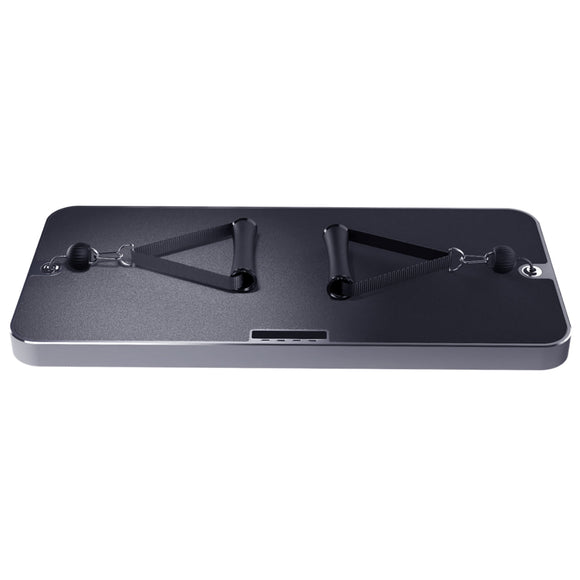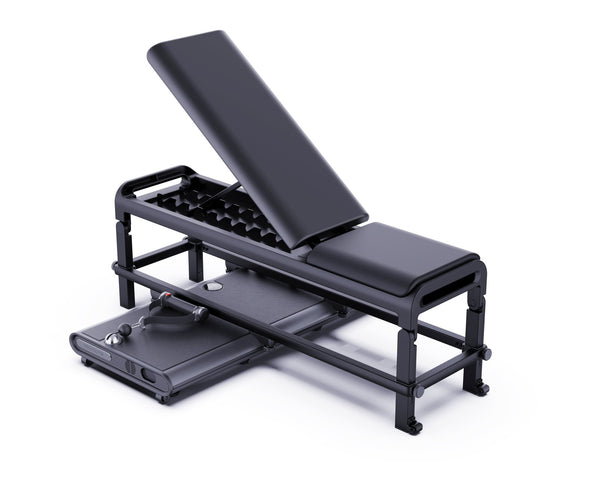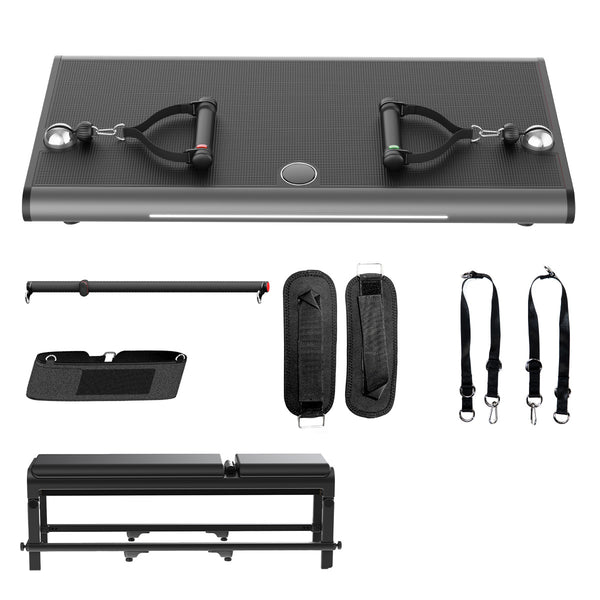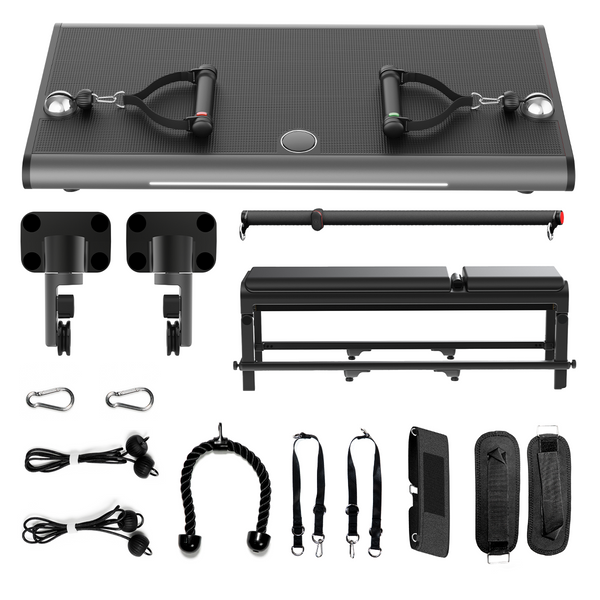4 Resistance Different Modes
Multiple training modes, on-demand switching fat burning, shaping, muscle building, multi-dimensional to meet the fitness needs, and efficiently enhance the training effect; suitable for more people to use, beginners, professional fitness enthusiasts and so on;




Why Choose INNODIGYM P1
-
![]()
MINIMAL DESIGN-6CM/2.4 INCH
Adopting ultra-thin design and aluminum alloy integrated die-casting
-
![]()
Stereo 5w Blueto-Oth Amplifier
The Stereo 5W Bluetooth Amplifier delivers powerful sound in a compact design. Enjoy wireless audio streaming with Bluetooth connectivity.
-
![]()
5.0 Disc Type Servo Motor
Experience unmatched precision with Innodi P1, powered by our 5.0 Disc Type Servo Motor. Elevate home workouts with this advanced, durable tech.
-
![]()
Security Protection Mechanism
Multiple Protection Mechanisms Enabled by Advanced Artificial Intelligence: Enhanced Security Features
-
![]()
Safety Button
Safety buttons on both handles and the bar. It act as afailsafe mechanism,instantly releasing the weights when the load becomes challenging.
-
![]()
Aerospace Materials
levate your home gym with the Innodi P1 series, utilizing aerospace materials for unmatched strength and longevity.
Strength standards are essential benchmarks that help individuals measure their physical capabilities relative to others. These standards, commonly applied in weightlifting and fitness, are categorized by factors such as age, gender, and body weight. Understanding strength standards allows you to evaluate your progress, set realistic goals, and fine-tune your training regimen.
For example, common strength standards include metrics for exercises like the squat, deadlift, bench press, and overhead press. These lifts are often used to assess overall fitness levels. By comparing your performance to established benchmarks, such as beginner, intermediate, or advanced levels, you can see where you stand. For instance, an intermediate lifter might be expected to squat 1.5 times their body weight, while advanced lifters often push beyond two times their body weight.
It's important to note that strength standards vary depending on the source, and personal goals should align with your fitness level and overall objectives. They are especially helpful in identifying areas for improvement. If you're progressing slower than expected, tweaking your training or diet might help you reach the next strength milestone.
Incorporating strength standards into your fitness routine ensures that your workouts are both challenging and effective. Whether you're a beginner or a seasoned athlete, tracking your progress against these standards will help you achieve better performance and muscle growth.
Digital Gym
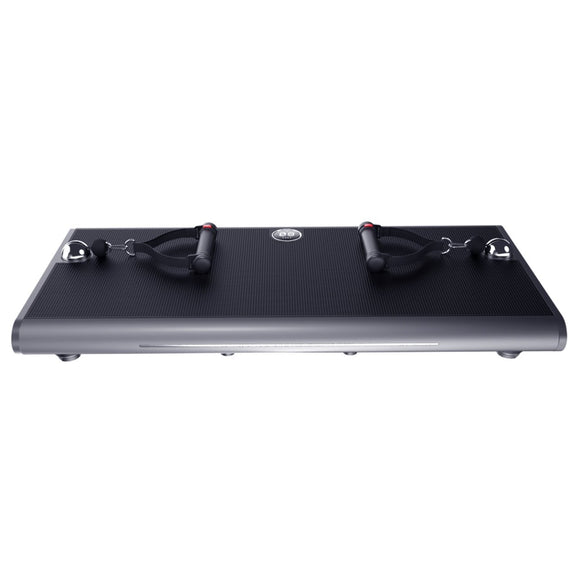
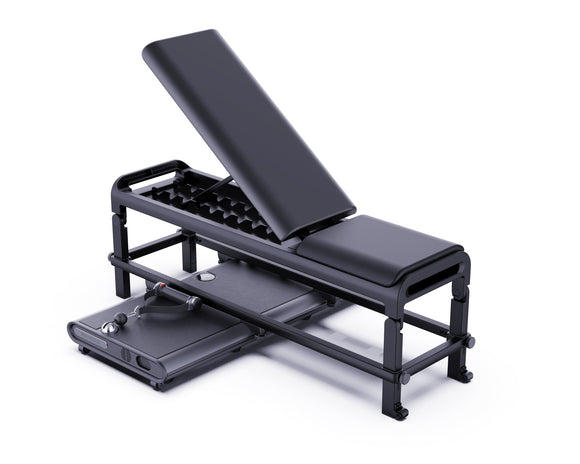
INNODIGYM P1 MAX


INNODIGYM P1 PLUS
